Labs & Activities
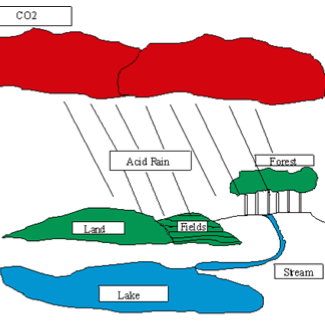
Acid Rain Lab- Katherine Betrus Derrico
2012 CIBT Alumni Workshop
Ecology
High School
Inquiry/Scientific Method
Middle School
Plants
Students will design and conduct an experiment to test the effect of acid rain on the germination of seeds. They will utilize the data from their experiment to explain their conclusions, and also read a passage on acid rain. Downloads Acid Rain Lab Rubric (Katherine Betrus Derrico) Acid Rain Lab… read more of the article entitled “Acid Rain Lab- Katherine Betrus Derrico”

Becoming a Plant
Inquiry/Scientific Method
Middle School
Plants
Students will plant seeds at various depths in the soil and make observations after seedlings emerge. Based on their observations, students will decide what measurements could be made. They will make these measurements and look for an explanation for differences in their measurements. They will write a hypothesis that describes… read more of the article entitled “Becoming a Plant”
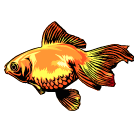
Bottle Ecosystem- Tim Downs
2012 CIBT Alumni Workshop
Animals
Ecology
High School
Inquiry/Scientific Method
Middle School
Physical Sciences
Plants
The objective of this lab is to put together a suitable habitat (ecosystem) that will allow one or two guppies to survive to the end of the school year and beyond. Students will make observations of their ecosystems for the three weeks. The ecosystem in this experiment will be closed,… read more of the article entitled “Bottle Ecosystem- Tim Downs”
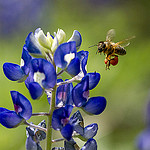
Bouquet of Flowers
Ecology
Evolution
High School
Inquiry/Scientific Method
Insects
Plants
Recently Updated!
This series of four different lab activities all relate to flower reproduction. They have been designed to relate to each other and to stand alone. Name that Pollinator focuses on adaptations for successful pollination. Both pollen and pollen vectors are examined. Observing, data gathering, making measurements through the microscope, and… read more of the article entitled “Bouquet of Flowers”

Comparing Aquatic Communities
Animals
Ecology
Evolution
High School
Inquiry/Scientific Method
Insects
Microbiology
Physical Sciences
Plants
Teams of students measure physical and chemical characteristics of different sites in streams and/or ponds and collect benthic invertebrate organisms. They interpret patterns in the structure of the biological community at each site in light of the abiotic (physical and chemical) and biotic nature of the environment. Downloads Comparing Aquatic… read more of the article entitled “Comparing Aquatic Communities”
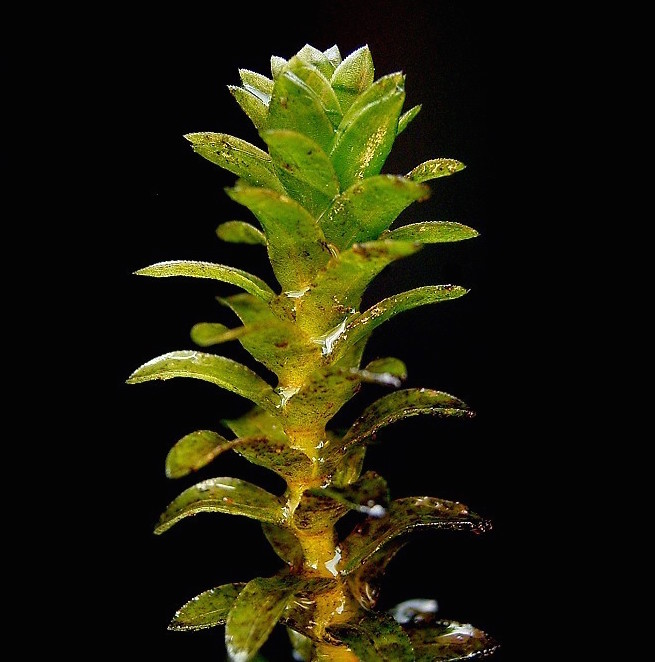
Elodea
High School
Inquiry/Scientific Method
Plants
This lab involves the qualitative measurement of the changes in carbon dioxide concentration associated with respiration and photosynthesis in the freshwater plant Elodea. Bromthymol blue is used as an indicator for the presence of CO2 in solution. When CO2 dissolves in water, carbonic acid is formed. A bromthymol blue solution, acidified… read more of the article entitled “Elodea”
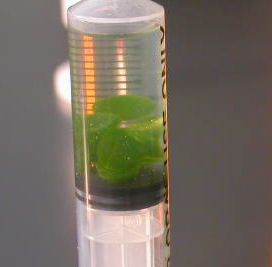
Floating Leaf Disk- Brad Williamson
High School
Middle School
Plants
This lab tangibly demonstrates the abstract concept of photosynthesis to students. Normally, disks punched out of leaves (with a hole punch) would float. When the air spaces are infiltrated with a sodium bicarbonate solution, the overall density of the leaf disks increase and they sink. Bicarbonate ion serves as the… read more of the article entitled “Floating Leaf Disk- Brad Williamson”
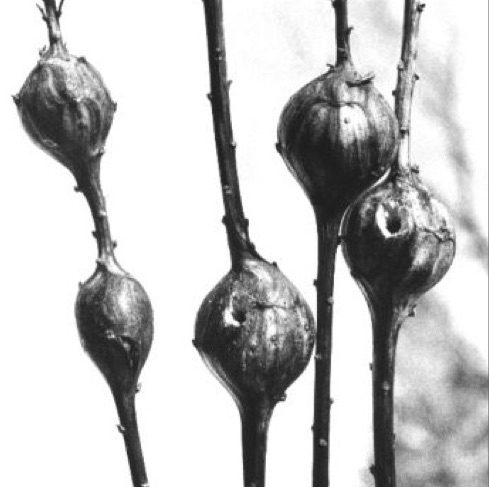
Goldenrod Galls
Ecology
Evolution
High School
Inquiry/Scientific Method
Insects
Middle School
Plants
This investigation examines natural selection and coevolution using goldenrod (Solidago canadensis), its stem gall insect (Eurosta solidaginis), and associated parasites, parasitoids, and predators that feed upon the stem gall insect (i.e., Eurytoma obtusiventris, Eurytoma gigantea, Mordellistena unicolor, and birds). Through measurements of gall size and an investigation of events occurring… read more of the article entitled “Goldenrod Galls”

Lichens on Tree Trunks- Scott LaGreca
2012 CIBT Alumni Workshop
Ecology
High School
Inquiry/Scientific Method
Middle School
Plants
Students will learn to recognize moss and lichens, identify various trees, record observations using a mapping technique, use a compass, and think about the conditions mosses and lichens need to grow. They will identify and mark trees with mosses and lichens growing on their trunks, and try to figure out… read more of the article entitled “Lichens on Tree Trunks- Scott LaGreca”
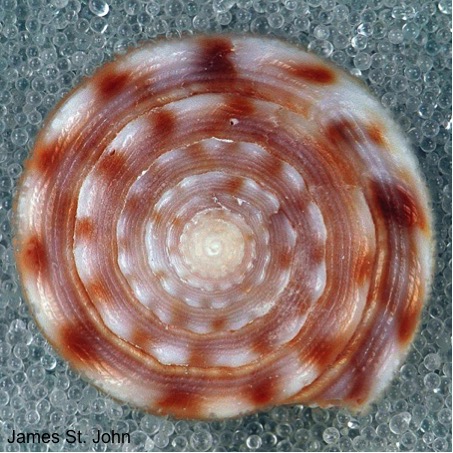
Medical Importance of Biodiversity- Mary Keymel
2012 CIBT Alumni Workshop
Animals
Ecology
High School
Human Health
Middle School
Plants
Students assume the role of an ethnobotanist for a start-up pharmaceutical company, who is about to journey to the rainforest, coral reef, or another natural source of medicine in the world. Their mission is to catalog 1 plant or animal species that may be useful to medical research. They will… read more of the article entitled “Medical Importance of Biodiversity- Mary Keymel”
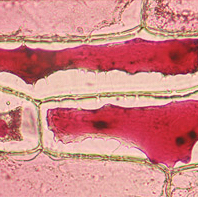
Microscopy and Cell Biology
Elementary School
High School
Microbiology
Middle School
Molecular Biology
Plants
Students will identify the parts of a microscope. Students will observe, manipulate, write and memorize. Students will also compute total magnification of the objective lenses. The lab can be modified to suit higher grade levels using the attached handouts for various observation stations. Downloads Pollen Station Red Onion Cell Station… read more of the article entitled “Microscopy and Cell Biology”
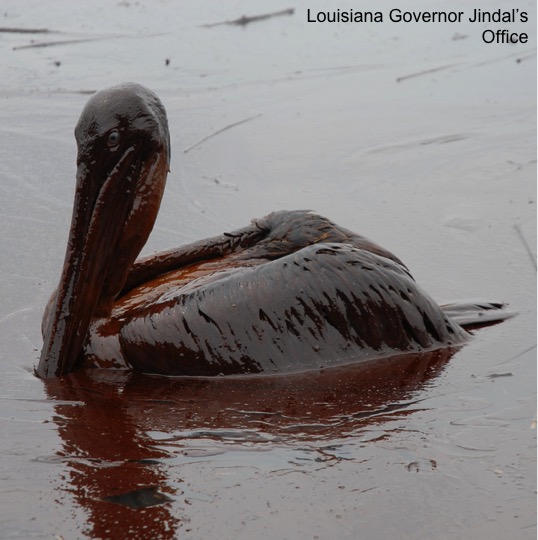
Oil Spills Lab- Kristen Pizarro
2012 CIBT Alumni Workshop
Ecology
Inquiry/Scientific Method
Middle School
Plants
This activity, used as a 7th grade science laboratory final exam, comes in three sections. Students will first model an oil spill and test materials for cleaning it up. This experiment will help them understand why it is such a difficult task. Next they will examine data about the effects… read more of the article entitled “Oil Spills Lab- Kristen Pizarro”

Plant Game
Ecology
High School
Middle School
Physiology
Plants
This exercise helps students think about how plants grow in a fun and enticing manner. Teams of students “grow a plant” composed of “leaves,” “roots,” and “flowers.” The goal of the game is to produce a maximum number of flowers, which is possible only if the students have a good strategy to… read more of the article entitled “Plant Game”

Primary Productivity Lab- modified by Sean McGlynn
2012 CIBT Alumni Workshop
Animals
Ecology
High School
Inquiry/Scientific Method
Physical Sciences
Plants
Students will use LaMotte Test Kits to determine the concentration of dissolved oxygen (DO) in various water samples. The process involves adding some chemicals to the water to “fix” the free oxygen (O2). Once the O2 is fixed, they will add an acid powder, some starch, and titrate to determine… read more of the article entitled “Primary Productivity Lab- modified by Sean McGlynn”
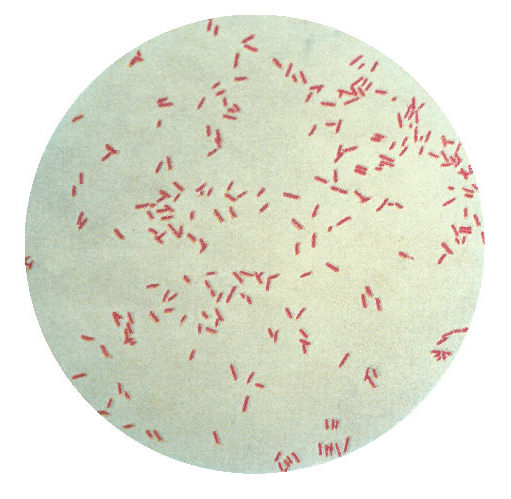
Pseudomonas Labs
High School
Inquiry/Scientific Method
Microbiology
Plants
Module 1: This classroom activity demonstrates interactions between plants and specific strains of Pseudomonas (a plant-pathogenic bacteria). Students will design an experiment that demonstrates the specificity of the hypersensitive response. This serves as a starting point to learn the importance of model systems through comparisons of two pathogens. Both Pseudomonas,… read more of the article entitled “Pseudomonas Labs”

